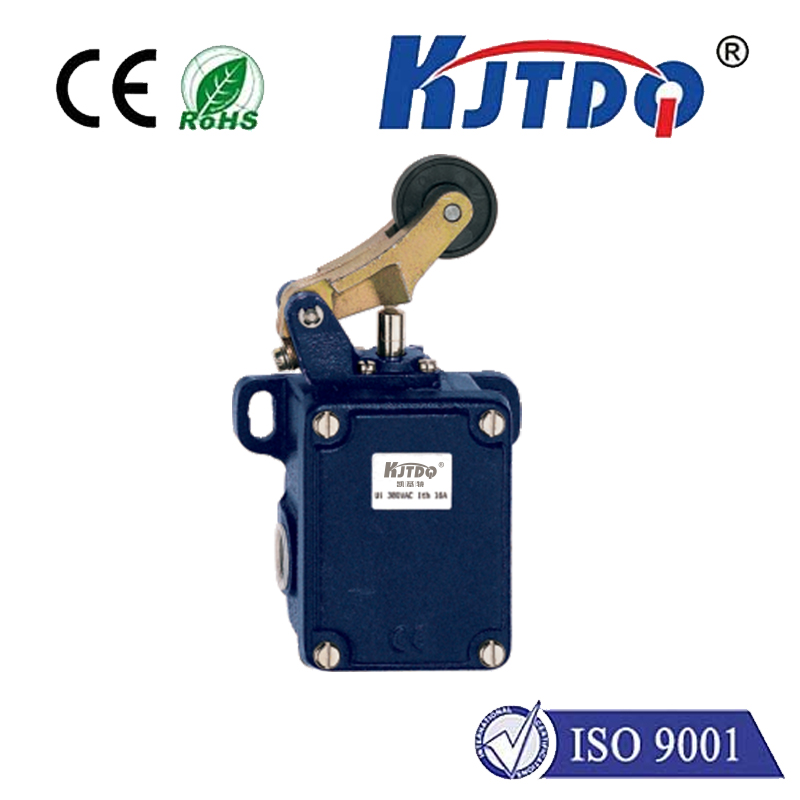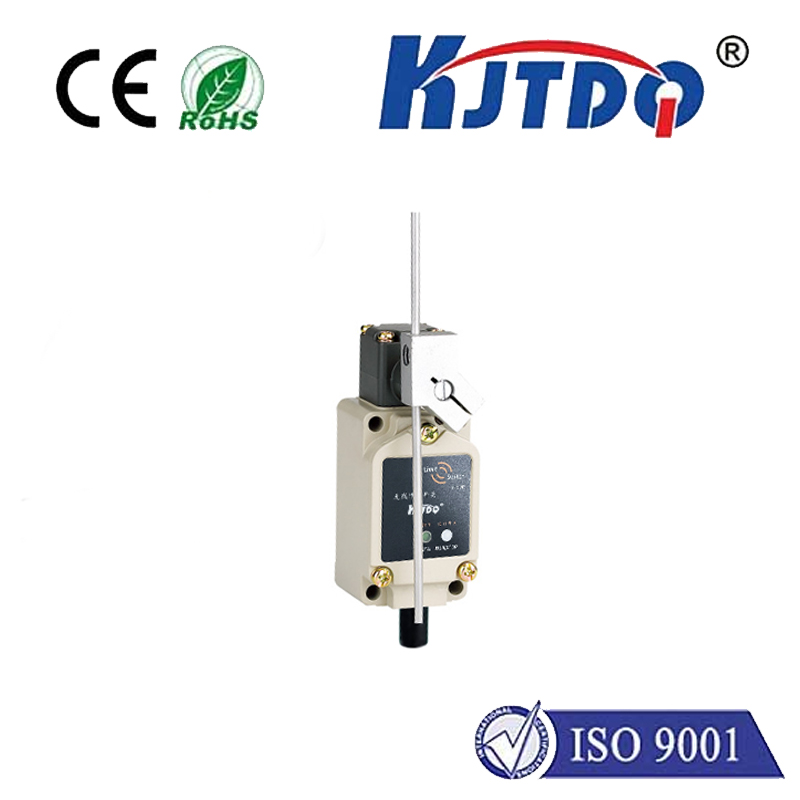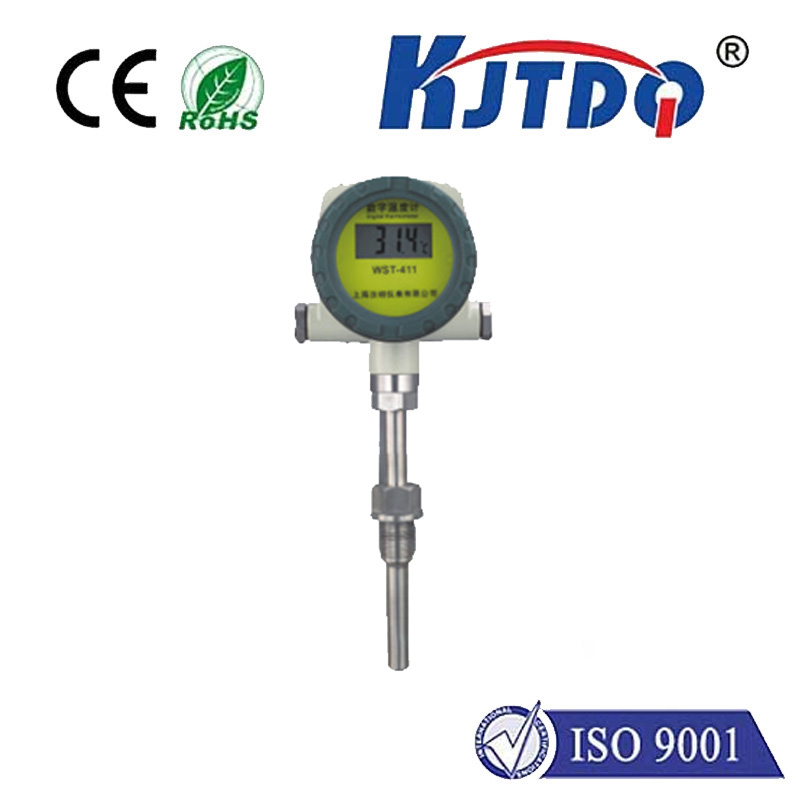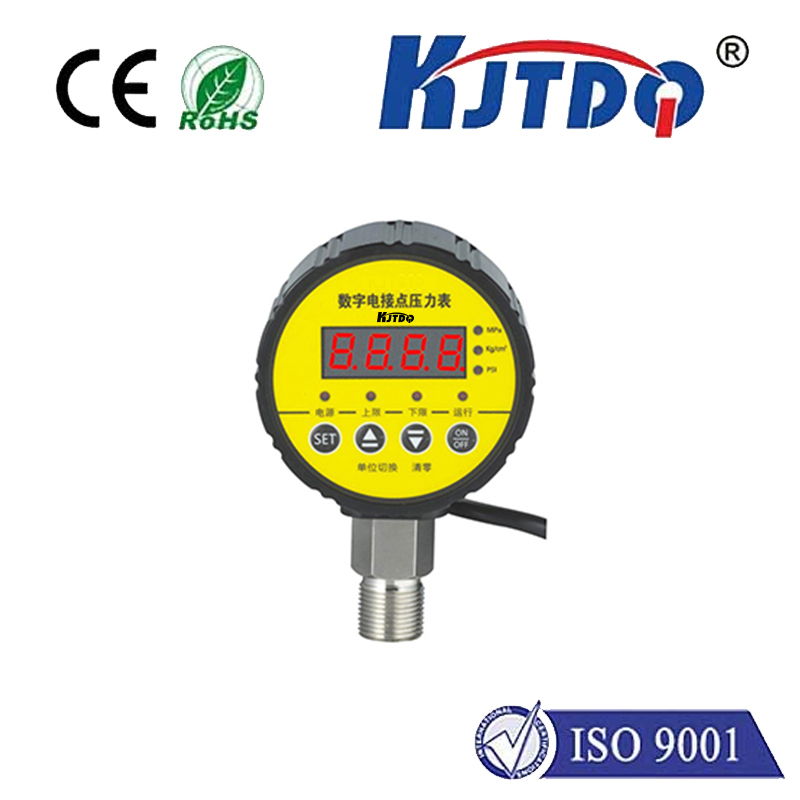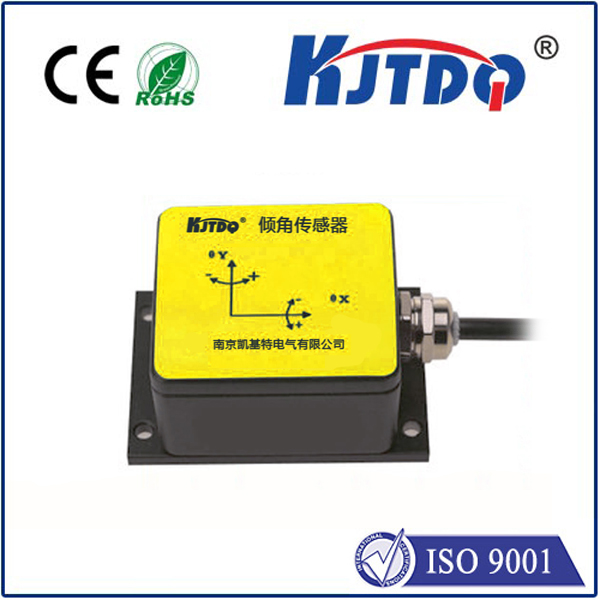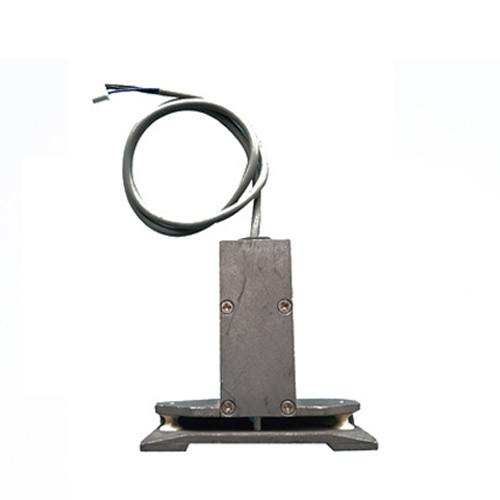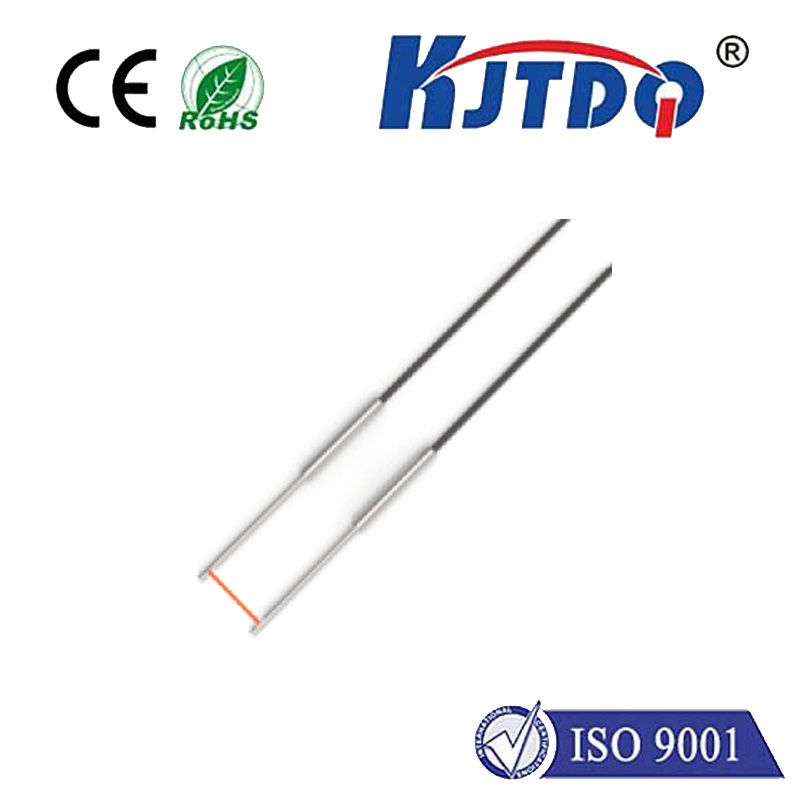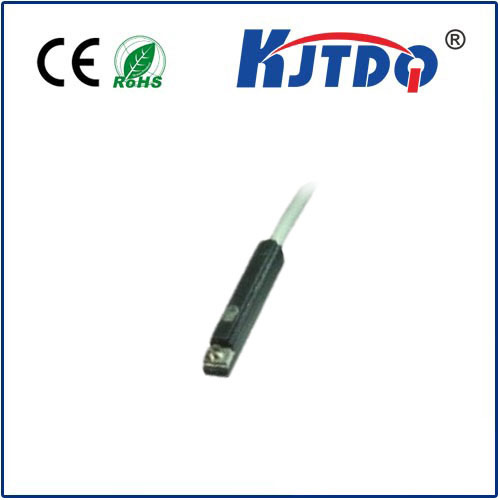

check

check

check

check

check

check

check

check

check

check
Title: Understanding the Role of Limit Switches in Robotics and Automation
In the world of robotics and automation, limit switches play a crucial role in ensuring the safe and efficient operation of machines. These switches are designed to detect the presence or absence of physical contact between two surfaces, such as a lid or a switch plate, and trigger a response in the machine's control system. By monitoring this contact, limit switches help prevent accidental startup or shutdown, protect delicate machinery, and ensure accurate positioning and movement.
There are several types of limit switches, each with their own unique characteristics and applications. The most common types include:
1. Travel switches
Travel switches are designed to detect when a mechanical part has moved beyond a predetermined distance from its stop position. They are commonly used in industrial robots and other machines where precise motion control is essential.
2. Contact switches
Contact switches, also known as pressure switches or touch sensors, are activated when a physical contact is made between two surfaces. This type of switch is often used in applications where it is important to ensure that the machine's actuator (such as a motor or cylinder) has made contact with its target before it can start moving.
3. Optical switches
Optical switches use light to detect the presence or absence of physical contact between two surfaces. This makes them ideal for use in high-precision applications where visibility is important, such as in medical devices or aerospace equipment.
Once a limit switch has detected the presence or absence of contact, it sends a signal to the machine's control system. Depending on the type of switch and the specific application, this signal may trigger one of several responses:
* A stop command: In cases where the machine is about to move into an area where contact should not be made, a limit switch can be used to stop the machine before any damage occurs.
* A reset command: If the machine has already begun moving when a limit switch is triggered, the control system may issue a reset command to bring the machine back to its original position.
* An error code: In some cases, the control system may generate an error code if it receives a signal from a limit switch that it cannot interpret properly. This allows maintenance personnel to identify and resolve the issue before causing further harm.
In summary, limit switches play a critical role in maintaining safety and efficiency in robotics and automation systems. By detecting the presence or absence of physical contact between two surfaces, these switches help prevent accidents, protect sensitive machinery, and ensure precise positioning and movement. As technology continues to advance, it is likely that we will see even more innovative applications of limit switches in a wide range of industries.
